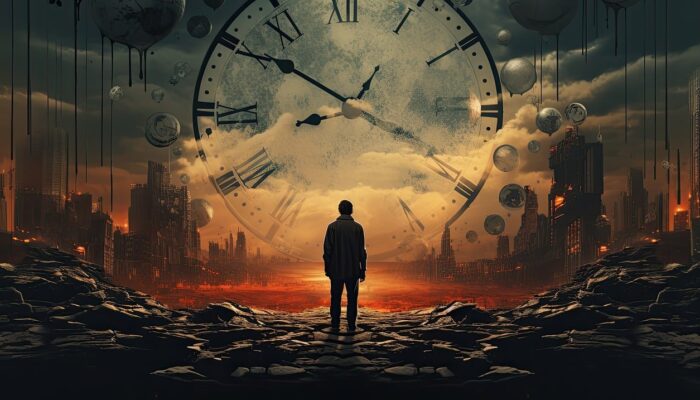
Do you enjoy watching natural hazard movies? Exploring the unfolding of the Earth’s immense power, the level of destruction, human responses and resilience? Can movies offer a glimpse into the chaos and devastation that natural hazard events can bring? Imagine the havoc a storm surge overtopping the Thames Barrier could cause in London. Without a doubt, natural hazard movies raise questions about our awareness and preparedness for events such as tsunamis, earthquakes, volcanic explosions, storms or even asteroids threatening Earth. Watching these films often brings to our minds a question: what can we do to address forces beyond our control? Let’s explore the cinematic world through the movie preferences of the Natural Hazards Blog editors.
Natural hazards and human societies
Natural hazards remind us of the forces shaping our planet and their inherent unpredictability; events such as earthquakes and volcanic activity are as old as the Earth itself. However, their occurrence in urban environments becomes a concern as they threaten human lives, structures and infrastructures. How is the relationship between natural hazards and human societies depicted in blockbuster movies that reveal the potential for massive destruction and disruption to our way of life? Despite the unquestioned exaggeration, these movies underscore the importance of robust mitigation strategies. But can they influence public perception?
The artistic representation
How do movies present events such as earthquakes or volcanic eruptions? Imagine a film where London faces a colossal storm surge that renders the Thames Barrier useless, leading to catastrophic flooding. Such a scenario shows the vulnerability of urban areas to natural hazards, especially when existing defences fail.
The movie “San Andreas” provides a glimpse into the devastation a massive earthquake could bring to California, pointing out the risks related to unreinforced buildings and inadequate seismic preparedness. Although people are aware of the potential for destruction of the activation of such a fault zone, the movie makes you wonder if the current preparedness mechanism is robust enough to address an event of such intensity.
“High Water” brings to light the reality of climate change and its impacts, like flooding, on communities and how these events influence the lives of ordinary people who need to adapt. This film can be seen as a glimpse into the future and a depiction of present reality, considering the devastating floods occurring in different parts of the world.
While writing this post, I thought about the movie “2012”, which presents apocalyptic-level events driven by extreme geological activity, leading to the end of the world. Through a series of massive tsunamis, earthquakes and volcanic eruptions, the plot highlights the importance of scientific warnings, preparedness, global cooperation and human resilience.
Exaggeration as a form of art
Cinematic depictions of natural hazards often magnify the scale and consequences of natural hazard events, as the objective is to amplify the potential for disaster and draw the attention of the audience. Typically, depictions of events like tidal waves, volcanic eruptions, and superstorms are portrayed as awe-inspiring and terrifying. This exaggeration can sometimes lead to false conceptions about the severity of these occurrences, making societies avoid prioritising disaster risk reduction action. However, they can also make us consider what is missing in our preparedness.
“The Day After Tomorrow” is a film proposed by Paulo, as, despite its exaggeration of climate change impacts, it underscores the critical need for awareness and preparedness in the face of rapid environmental shifts. Although the outcome, as depicted, may seem extreme, it heightens concern about global warming and its potentially catastrophic impacts. It also puts emphasis on the role of science in understanding natural hazards and challenges while trying to bridge the gap between science and decision-making.
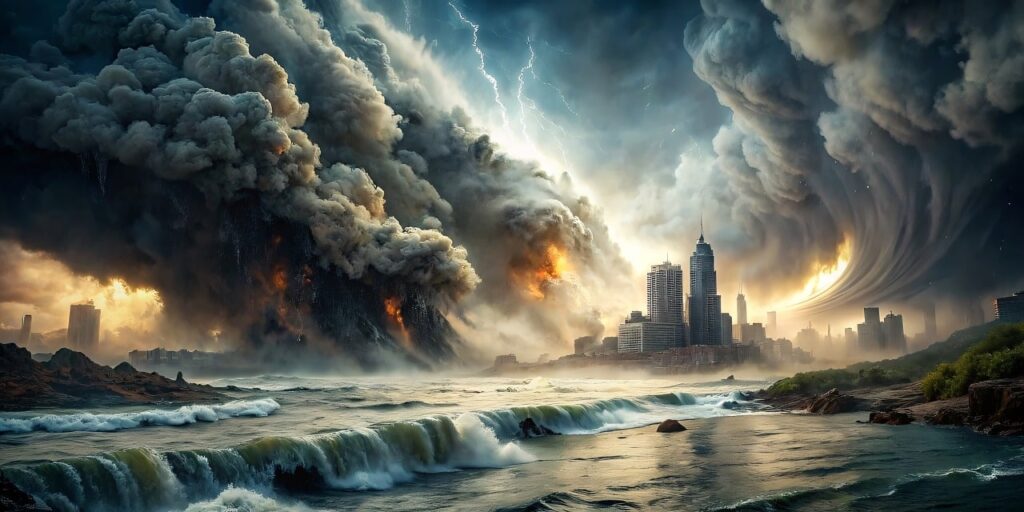
(image credit: Temel, Pixabay licence)
Ordinary people in extraordinary situations
Besides the exaggeration, in almost every movie, ordinary people are suddenly challenged to withstand and survive the forces of nature that cannot be controlled.
Hedieh finds profound meaning in “The Impossible”, which powerfully captures the emotional and physical toll of the 2004 Indian Ocean Tsunami while celebrating the resilience of the human spirit. The movie not only presents the level of destruction but also invites us to reflect on how we would react in similar situations. Do we know what to do? Do we have what it takes to survive? These reflections highlight the importance of fostering a culture of resilience within communities.
In reality, our response to natural hazards can be influenced by many socioeconomic factors, cultural norms, and how our perception and anticipation shape our coping and adaptive capacities.
When reality happens
What happens when reality starts replicating the movies? Consider the devastating floods different European cities have been experiencing in the past year. The facts suggest that even though films exaggerate, they indicate that events can happen no matter how extreme they look. This challenges us to reflect on how ready we are to respond to the forces of nature.
Nava proposes “Dante’s Peak“ for its realistic depiction of volcanic eruptions and the critical theme of heeding scientific warnings, emphasising the dangers of ignoring environmental cues. Soheil and Silvia suggest watching the film “Don’t Look Up“ for its insightful commentary on risk communication and the complexities of societal response to imminent threats, reflecting on how perceptions of risk can shape decision-making.
These movies bring to the surface another issue for consideration. Are societies, considering scientific warnings, aware of the implications of not taking action? And do they take into account science when making decisions? Is the risk communicated sufficiently by the scientific world, and is the disaster risk policy grounded on scientific facts?
Embracing the uncontrollable
Exploring natural hazards through the movies offers perspectives on the response of society to forces we cannot necessarily control. They reveal vulnerabilities in urban environments, from low resilience of infrastructure systems and networks to social inequalities, showing how disproportionate impacts can be on vulnerable or marginalised communities. Furthermore, they raise awareness of the importance of preparedness and risk communication.
Doom and gloom movies also suggest that accepting that we can only control the outcome, not the event itself, sets us on the right path. Acknowledging that constant change and uncertainty in natural processes is a fact will lead to finding ways to navigate the complexities of living in a somehow unpredictable world. Building a culture of awareness and taking action in disaster risk reduction creates better conditions for addressing extraordinary circumstances. After all, our story on this planet is more than survival; it is a story of resilience. As the ancient Greek Stoic philosopher Epictetus said: “We cannot choose our external circumstances, but we can always choose how we respond to them.”
Do you watch this type of movie? Have you considered what natural hazards might impact your area? Are you prepared?
Post edited by Hedieh Soltanpour and Navakanesh M Batmanathan

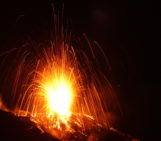
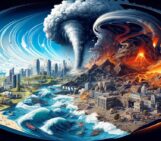
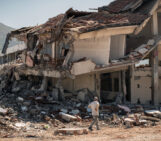
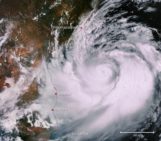
Chinedu
Natural hazard movies can indeed be quite gripping! They not only showcase the sheer power of nature but also highlight human resilience and the importance of preparedness. It’s fascinating to see how these films can raise awareness about real-life risks and the measures we can take to mitigate them.